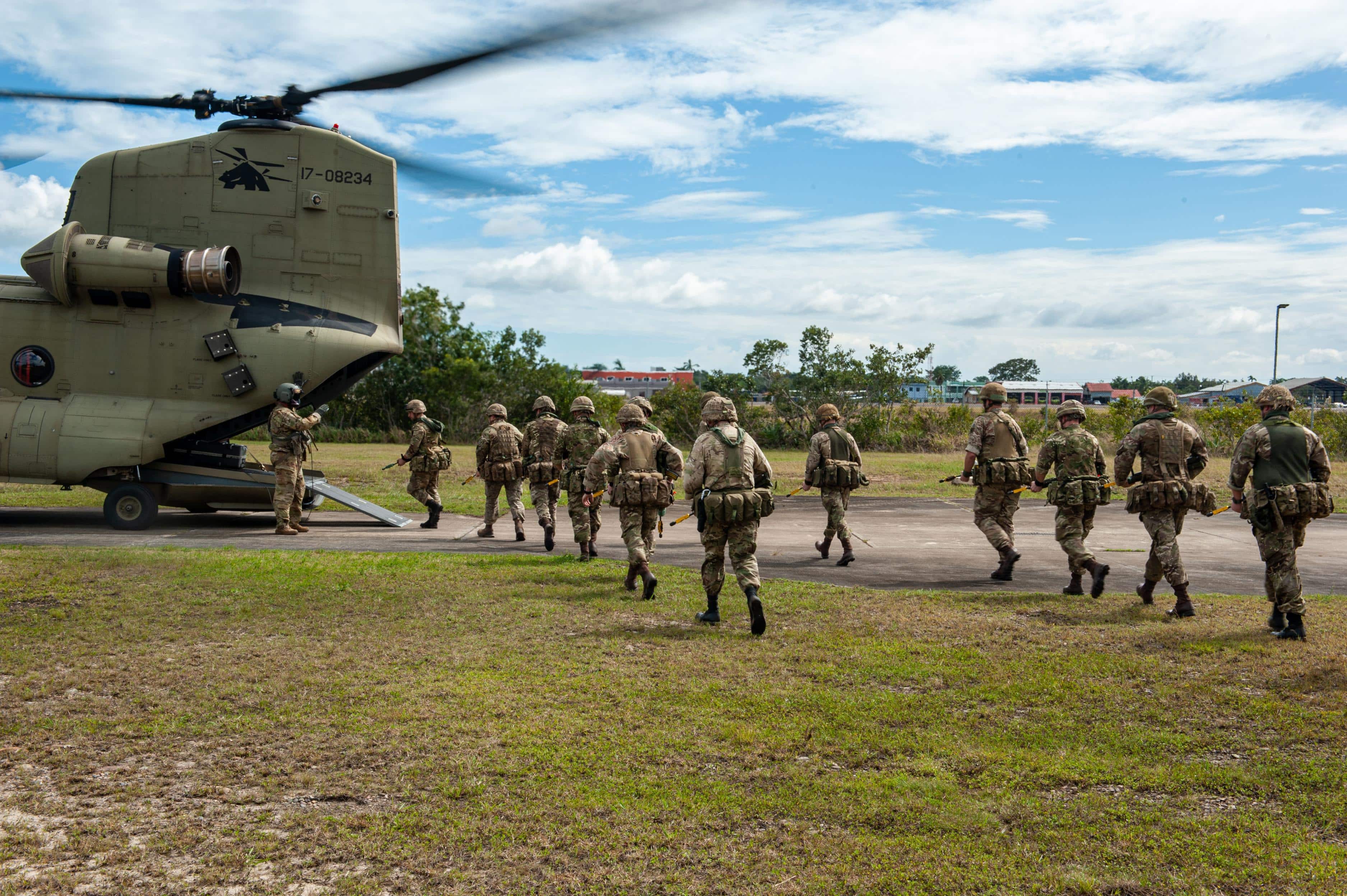NATO is embarking on its most ambitious military exercise in recent decades, named “Steadfast Defender 2024”. This drill, involving around 90,000 troops, will be the largest since the Cold War era. The exercise is scheduled to run from late January through May, involving member countries and Sweden, which is expected to join NATO soon.
The top commander of NATO, U.S. General Christopher Cavoli, highlighted that the exercise will involve rehearsing NATO’s execution of its regional defense plans, a strategic initiative drawn up for the first time in many years. These plans detail the alliance’s response to a potential Russian attack, although Russia has not been explicitly named in the context of these exercises. The drills will include simulated deployments of U.S. personnel to European countries, particularly those on NATO’s eastern flank, and will focus on on-the-ground training.
Participation in the exercise is extensive, with more than 50 ships, ranging from aircraft carriers to destroyers, over 80 fighter jets, helicopters, drones, and at least 1,100 combat vehicles, including 133 tanks and 533 infantry fighting vehicles. A significant part of the exercise will be dedicated to deploying NATO’s quick reaction force to Poland, emphasizing the readiness to respond swiftly to any emerging conflicts. The Baltic states, Germany, Norway, and Romania are among the major locations for these drills. The Baltic states are seen as particularly vulnerable to potential Russian aggression, and Germany will serve as a crucial hub for incoming reinforcements.
This large-scale military exercise marks a shift from NATO’s previous stance, where large-scale defense plans were not deemed necessary due to the focus on smaller conflicts in the Middle East, like in Afghanistan and Iraq, and the earlier belief that Russia no longer posed a significant threat. The last exercises of comparable scale were the Reforger drills in 1988 with 125,000 participants and the Trident Juncture in 2018 involving 50,000 participants.
Best Coverage:






